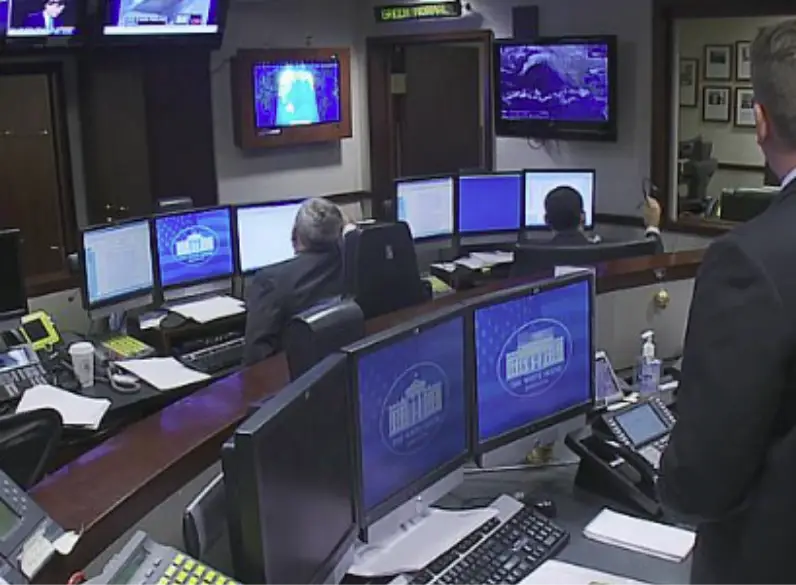
In today’s rapidly evolving security landscape, the threat of Weapons of Mass Destruction (WMD) poses a significant challenge to global stability and peace. Among the most critical aspects of modern security is the development and implementation of effective strategies to counter these threats. Counter Weapons of Mass Destruction (CWMD) strategies have become increasingly vital in safeguarding nations, organizations, and communities against the devastating potential of WMD attacks. This article explores the importance of CWMD strategies in modern security and the multifaceted approach required to address these complex threats.
The Evolution of WMD Threats
The term “Weapons of Mass Destruction” encompasses a range of destructive weapons capable of causing widespread death and destruction. This includes chemical, biological, radiological, and nuclear (CBRN) weapons, as well as emerging threats such as cyber and improvised WMD. The proliferation of these weapons, coupled with advancements in technology, has amplified the potential consequences of WMD attacks.
Comprehensive Threat Mitigation
CWMD strategies are designed to mitigate the threat posed by WMD through a multifaceted approach that integrates prevention, protection, and response measures. Prevention efforts focus on disrupting the proliferation of WMD materials and technologies, enhancing border security, and strengthening international non-proliferation agreements.
Protection measures involve safeguarding critical infrastructure, developing early warning systems, and enhancing detection and surveillance capabilities to identify and interdict potential WMD threats before they materialize. Additionally, response strategies are crucial for effectively managing and containing WMD incidents, minimizing casualties, and mitigating the long-term consequences of an attack.
Collaboration and Coordination
Addressing WMD threats requires a collaborative and coordinated approach involving governments, law enforcement agencies, intelligence services, the military, academia, industry, and international partners. By pooling resources, expertise, and intelligence, stakeholders can enhance their collective ability to detect, deter, and respond to WMD threats effectively.
Role of Strategic Partnerships
Strategic partnerships play a pivotal role in strengthening CWMD capabilities and fostering information sharing and cooperation among nations. Through initiatives such as joint exercises, capacity-building programs, and intelligence sharing agreements, countries can enhance their ability to detect and disrupt illicit WMD activities, dismantle proliferation networks, and mitigate the risk of WMD proliferation.
Technological Innovation
Advancements in technology have revolutionized CWMD capabilities, enabling more precise and efficient detection, identification, and neutralization of WMD threats. Technologies such as advanced sensors, unmanned aerial vehicles (UAVs), artificial intelligence (AI), and machine learning algorithms enhance situational awareness and enable rapid response to emerging threats.
Addressing Emerging Threats
In addition to traditional WMD threats, modern security requires vigilance against emerging threats such as cyber and improvised WMD. Cyberattacks targeting critical infrastructure and nuclear facilities pose a significant risk, while the proliferation of improvised explosive devices (IEDs) and chemical weapons by non-state actors presents a persistent challenge.
Conclusion
In conclusion, the importance of CWMD strategies in modern security cannot be overstated. As WMD threats continue to evolve and proliferate, it is essential for nations and organizations to adopt a proactive and integrated approach to counter these threats effectively. By investing in prevention, protection, and response measures, fostering collaboration and partnerships, leveraging technological innovation, and addressing emerging threats, we can enhance our collective ability to safeguard against the devastating potential of Weapons of Mass Destruction.
Through sustained commitment, cooperation, and innovation, we can build a safer and more secure future for generations to come.

